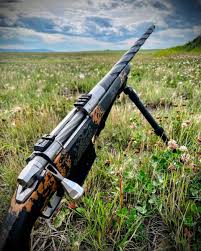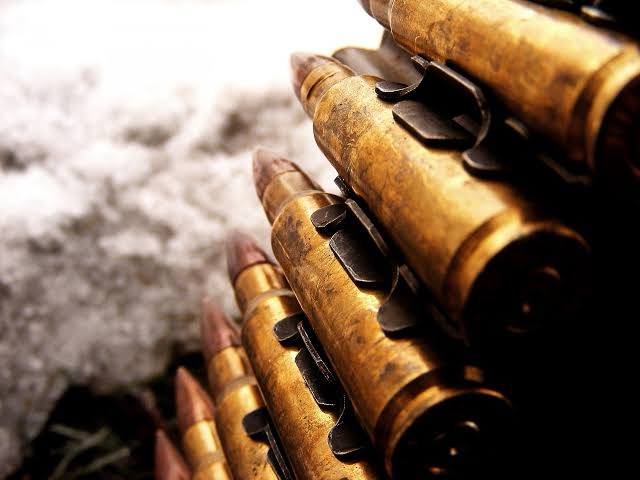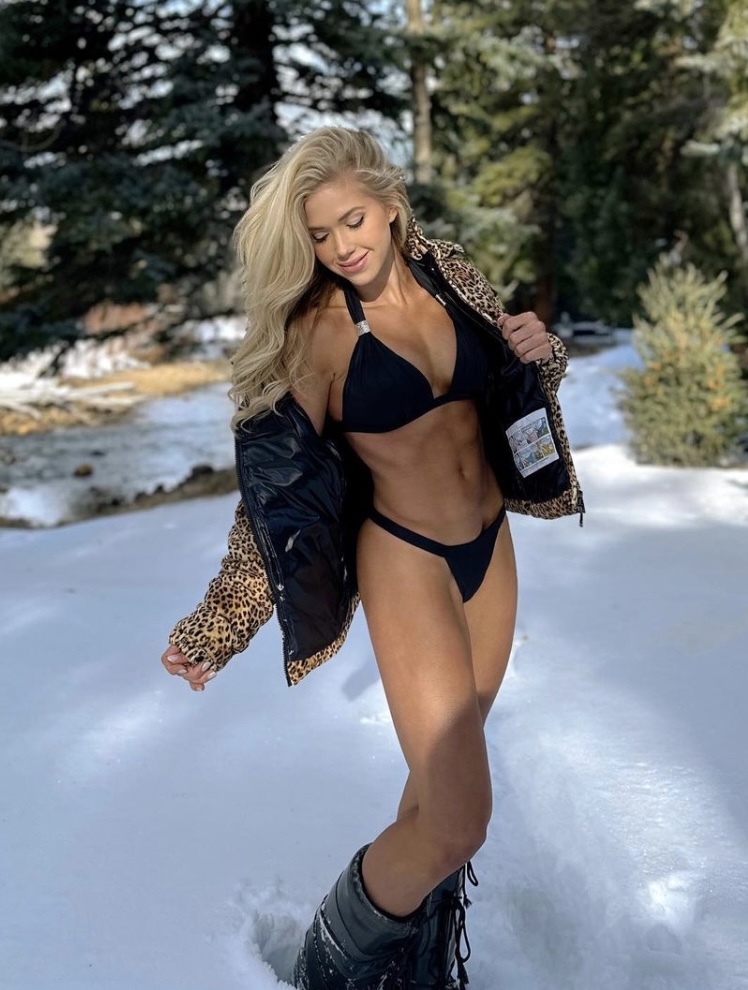Deer hunting is a thrilling adventure that combines patience, skill, and strategy. Whether you’re a seasoned hunter or a beginner, understanding the right gear, techniques, and locations can significantly enhance your hunting experience. In this guide, we’ll delve into the essentials of deer hunting, focusing on the crucial role of blinds for hunting deer, the best boots for different terrains, and the top hunting ranches in Texas.

Deer hunting presents both excitement and challenge, demanding the right preparation and equipment. This guide aims to provide you with comprehensive insights into essential gear, effective techniques, and prime locations for deer hunting. From choosing the best blinds for hunting deer to selecting the most suitable boots, we’ve got you covered.
What Are Hunting Blinds and Why Are They Crucial?
Hunting blinds are structures that conceal the hunter from the deer, making it easier to get closer without being detected. These blinds are essential for increasing your chances of a successful hunt, as they help mask human scent and movement. Using blinds for hunting effectively can make a significant difference in your hunting success.
Types of Hunting Blinds
There are several varieties of hunting blinds available, and each has benefits of its own:
- Ground Blinds: These are portable and easy to set up, providing excellent concealment at ground level.
- Tree Stands: Elevated blinds that offer a broader view and keep the hunter’s scent above the deer’s nose level.
- Pop-Up Blinds: These are lightweight and easy to transport, ideal for hunters who move frequently.
Tips for Using Hunting Blinds
- Placement: Position your blind where deer are likely to travel, such as near food sources, water, and bedding areas.
- Concealment: Use natural vegetation to blend your blind into the surroundings.
- Wind Direction: Always set up your blind with the wind blowing from the deer to you to avoid being detected by scent.

Best Practices in Using Blinds for Hunting Deer
Blinds are crucial tools in deer hunting. They serve as your primary cover and help mask your presence in the wild. When used effectively, they may significantly raise your chances of having a successful hunt by keeping you out of sight of the deer’s sharp eyes. Here’s how to use blinds to their fullest potential to increase the productivity of your hunting excursions.
Choosing the Right Blind
When selecting a blind for deer hunting, consider the environment you’ll be hunting in and the level of mobility you need:
- Permanent vs. Portable: Permanent blinds are sturdy and can withstand the elements but lack the flexibility of portable blinds, which can be quickly set up and moved as needed.
- Material and Durability: Choose materials that blend well with the environment and can endure the local weather conditions without degrading.
Setting Up Your Blind
Proper placement of the blinds and their setup are key to maximizing the effectiveness of your blind:
- Location: Place your blind near known deer trails, water sources, or feeding areas. The ideal location is downwind of these areas to prevent deer from picking up your scent.
- Camouflage: Use local foliage to disguise your blind’s shape and color. Integrating natural elements can help make your blind part of the landscape, making it less noticeable to deer.
- Early Setup: Set up your blind well before the hunting season starts. This gives deer time to get used to its presence, so they are less likely to be spooked by it during the season.
Using Your Blind Effectively
Once your blind is in place, using it effectively will increase your chances of success:
- Minimize Movement: Stay as still as possible inside your blind. Sudden movements can catch the eye of a deer and spook it away.
- Sound Control: Be mindful of the noise you make. Soften your movements and be cautious when handling gear.
- Visibility: Ensure you have a good view of the area around you without creating large openings that could reveal your presence. Use the blind’s windows strategically.
Advanced Tips
- Practice Your Shot: Spend time in your blind practicing your shots. Being familiar with your shooting angles and limitations within the confined space can make a big difference when it’s time to take that critical shot.
- Comfort Matters: Long hours in the blind can be taxing. Make sure your seating is comfortable and you have necessary supplies, such as water and snacks, within easy reach.
By following these best practices in using blinds for hunting deer, you can significantly enhance your hunting efficiency and enjoyment. Remember, the key is preparation and patience—qualities that define successful deer hunters.
Best Deer Hunting Boots for Every Terrain: Importance of Choosing the Right Boots
Having the right footwear is critical for a successful and comfortable hunting experience. The best deer hunting boots should offer durability, support, and insulation to keep your feet dry and warm across various terrains.
Recommended Deer Hunting Boots
- Rubber Boots: Ideal for wet and muddy conditions, providing excellent waterproofing and scent control.
- Leather Boots: Durable and breathable, suitable for dry and rocky terrains.
- Insulated Boots: Perfect for cold weather hunting, offering warmth and comfort during long hours in the field.
Features to Look For
When selecting the best deer hunting boots, consider the following features:
- Waterproofing: Keeps your feet dry in any of the wet conditions.
- Insulation: Ensures warmth in cold environments.
- Traction: Provides stability & a firm grip on various surfaces.
- Comfort: Look for boots with good arch support & better cushioning.
Deer Hunting Ranches in Texas: Popularity of Deer Hunting
Texas is renowned for its diverse wildlife and expansive hunting lands. The state’s deer hunting ranches offer prime opportunities for both novice and experienced hunters. Deer hunting ranches in Texas provide guided hunts, making the experience enjoyable and successful.
Top Hunting Ranches in Texas
- King Ranch: Known for its rich history and abundant wildlife, offering guided deer hunts with experienced professionals.
- Y.O. Ranch: Offers a unique hunting experience with a variety of deer species and luxurious accommodations.
- Ox Ranch: Provides a combination of traditional hunting and exotic game, catering to hunters of all skill levels.
What to Expect
When visiting deer hunting ranches in Texas, expect the following:
- Guided Hunts: Professional guides assist you in tracking and hunting deer.
- Accommodations: Many ranches offer comfortable lodging and amenities.
- Wildlife Management: Ranches often practice wildlife management to ensure sustainable hunting practices.
Essential Gear Checklist for Deer Hunting
Proper preparation is crucial for any successful deer hunting expedition. Having the appropriate equipment might mean the difference between a successful and a disappointing excursion. Below is a comprehensive checklist of essential gear every deer hunter should consider to be fully prepared for their next hunting trip.
1. Clothing
- Camouflage Clothing: Choose camouflage that blends well with the hunting environment. Depending on the time of year and the surrounding natural environment where you hunt, this might change dramatically.
- Warm Layers: For cold weather hunts, layering is key. Add an insulating layer to hold heat, a base layer to draw moisture away from the body, and an outer layer that is waterproof to defend against the elements.
2. Weapons
- Rifle or Bow: Depending on your personal preference and the regulations in your hunting area, ensure your rifle or bow is serviced and ready.
- Ammunition or Arrows: Stock an ample supply of ammunition or arrows suitable for the game you are targeting. Always check for damage or wear before use.
3. Optics
- Binoculars: Essential for spotting deer at a distance, binoculars should offer clear, sharp images and be durable enough to handle rough outdoor conditions.
- Scopes: If using a rifle, a good quality scope can significantly improve accuracy at long distances. Ensure it’s properly mounted and sighted in before heading out.
4. Blinds for Hunting Deer
- Portable or Permanent Blinds: Your choice will depend on whether you prefer to stay mobile or hunt from a fixed position. Both have their advantages in different hunting scenarios.
5. Safety Gear
- Orange Vest: Most states require hunters to wear hunter orange during deer seasons for safety. This makes you more visible to other hunters.
- Harness for Tree Stands: If using a tree stand, a safety harness is essential to prevent falls, which are among the most common hunting accidents.
6. Hunting Dogs Collars
- GPS or Radio Collars: For those hunting with dogs, using GPS or radio collars can help track your dog’s location and monitor their status throughout the hunt. This is crucial for ensuring the safety and effectiveness of your hunting companion.
Additional Recommended Gear
- First Aid Kit: Always carry a first aid kit for emergency medical situations.
- Weather Appropriate Items: Depending on the season, you might need insect repellent, sunscreen, or a thermal flask for hot drinks.
- Navigation Tools: A GPS device or a traditional compass and map to help navigate unfamiliar territories.
- Communication Device: In areas with poor cell service, consider a satellite phone or a two-way radio.
Having the appropriate equipment and being well-prepared increases your chances of having a successful deer hunt while also guaranteeing your comfort and safety in the great outdoors. Double-check your gear before setting out and replace or repair any items that are not in optimal condition.
The Bottom Line
Deer hunting is an exhilarating and rewarding activity that requires the right preparation and knowledge. By understanding the importance of blinds for hunting deer, choosing the best deer hunting boots, and exploring top deer hunting ranches in Texas, you can enhance your personal or professional hunting experience and increase your chances of success.
We hope that this article has given you insightful knowledge for your upcoming deer hunting trip. Don’t forget to check out other related articles on our website for more hunting advice and gear recommendations. Happy hunting!


